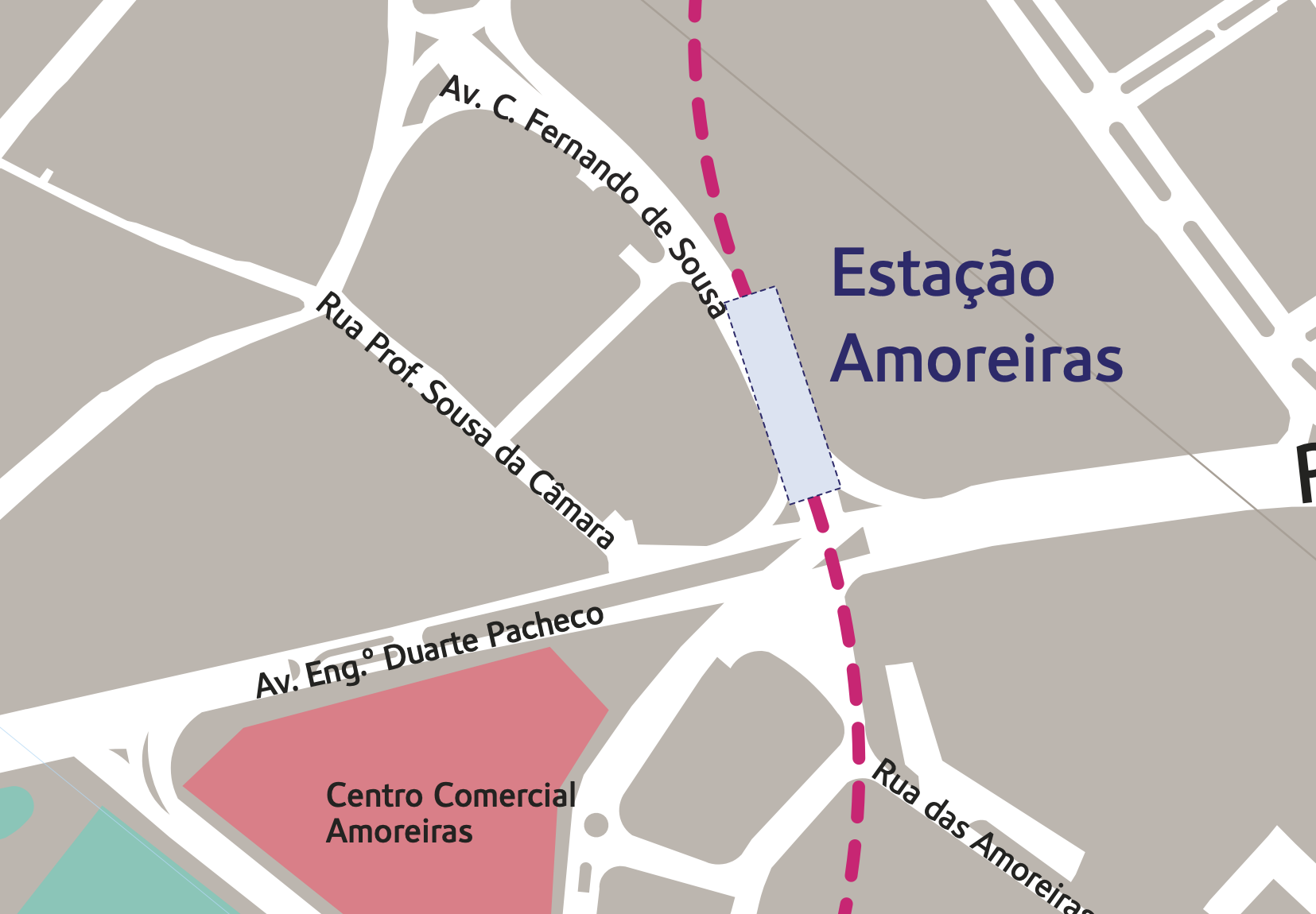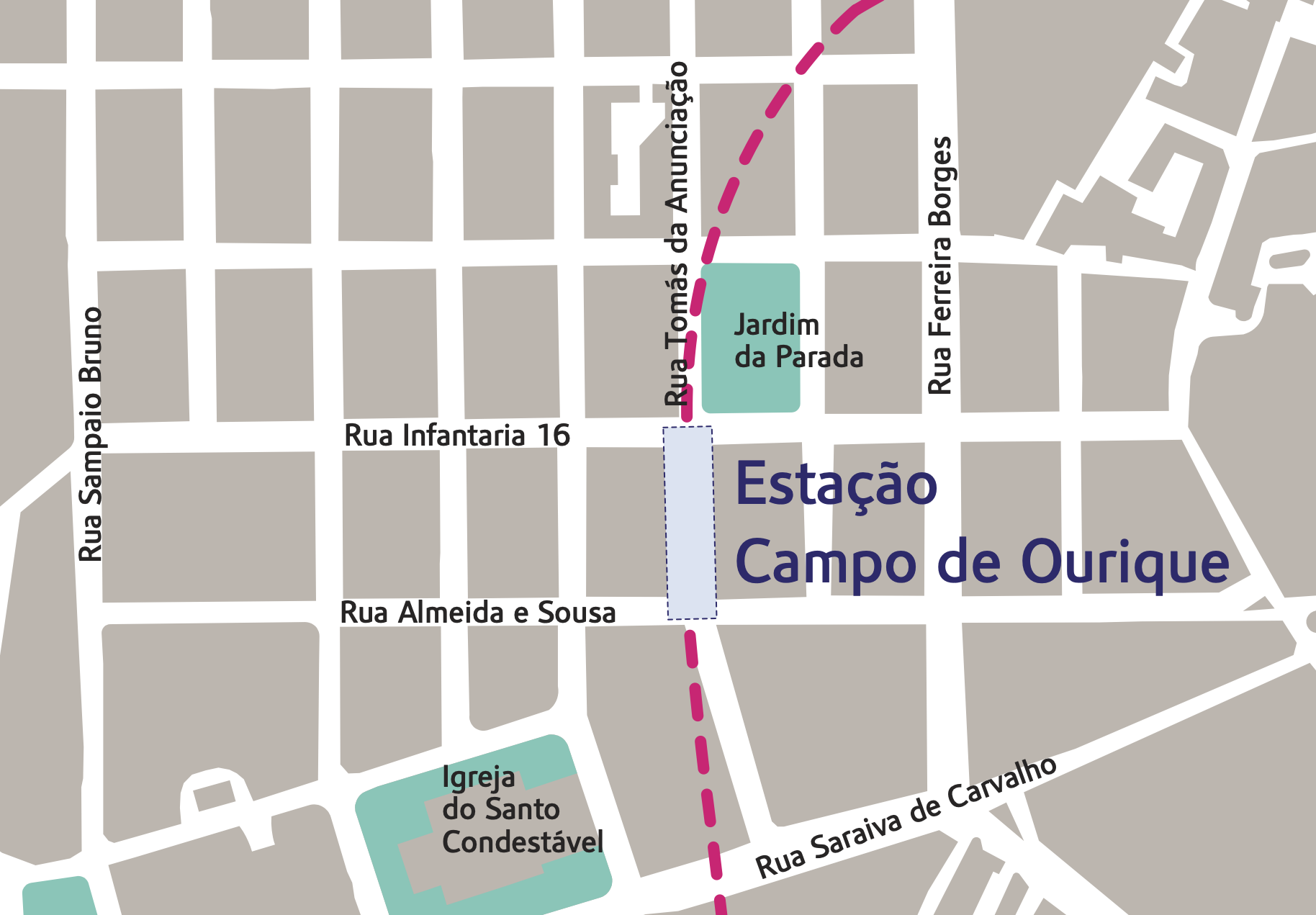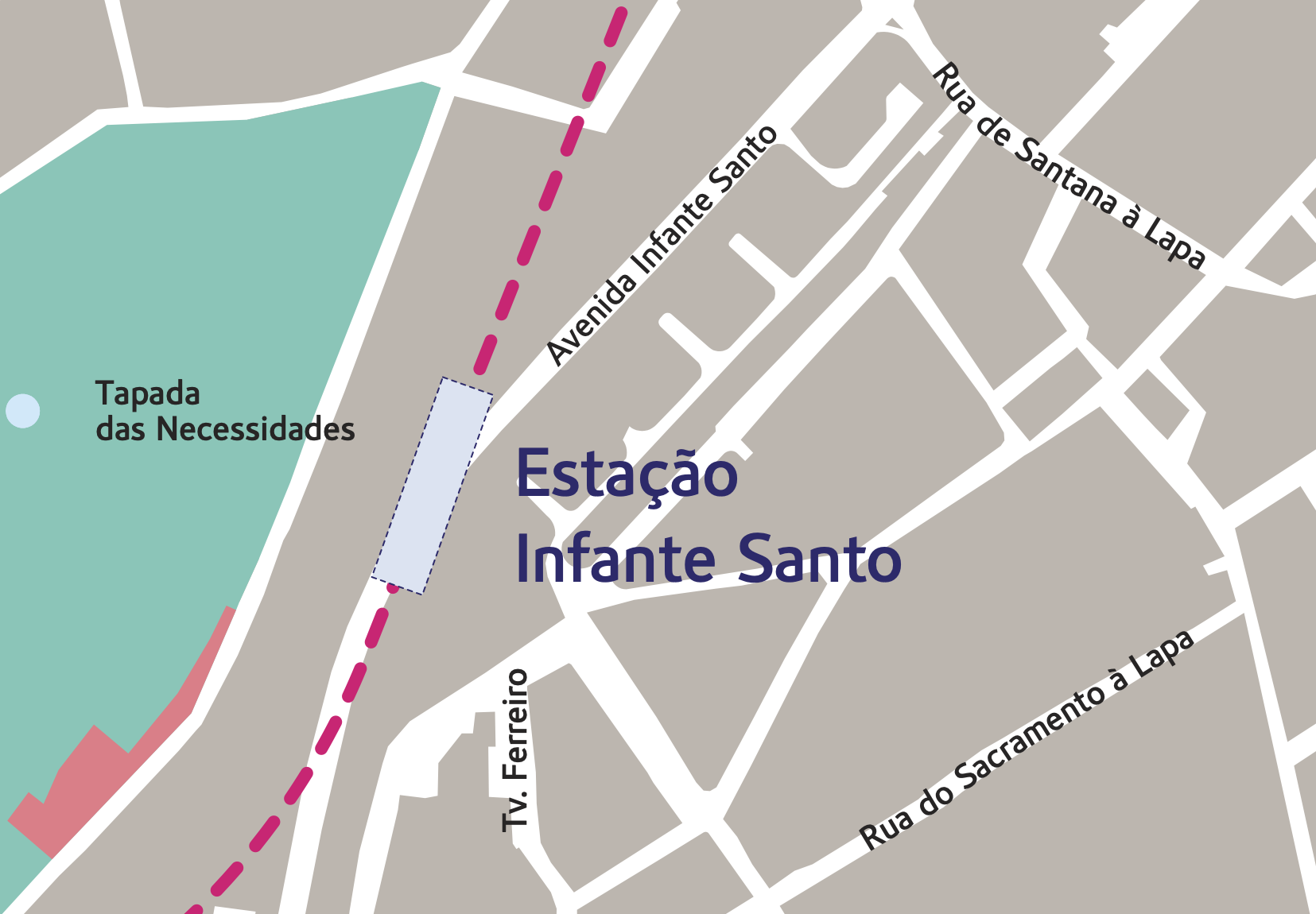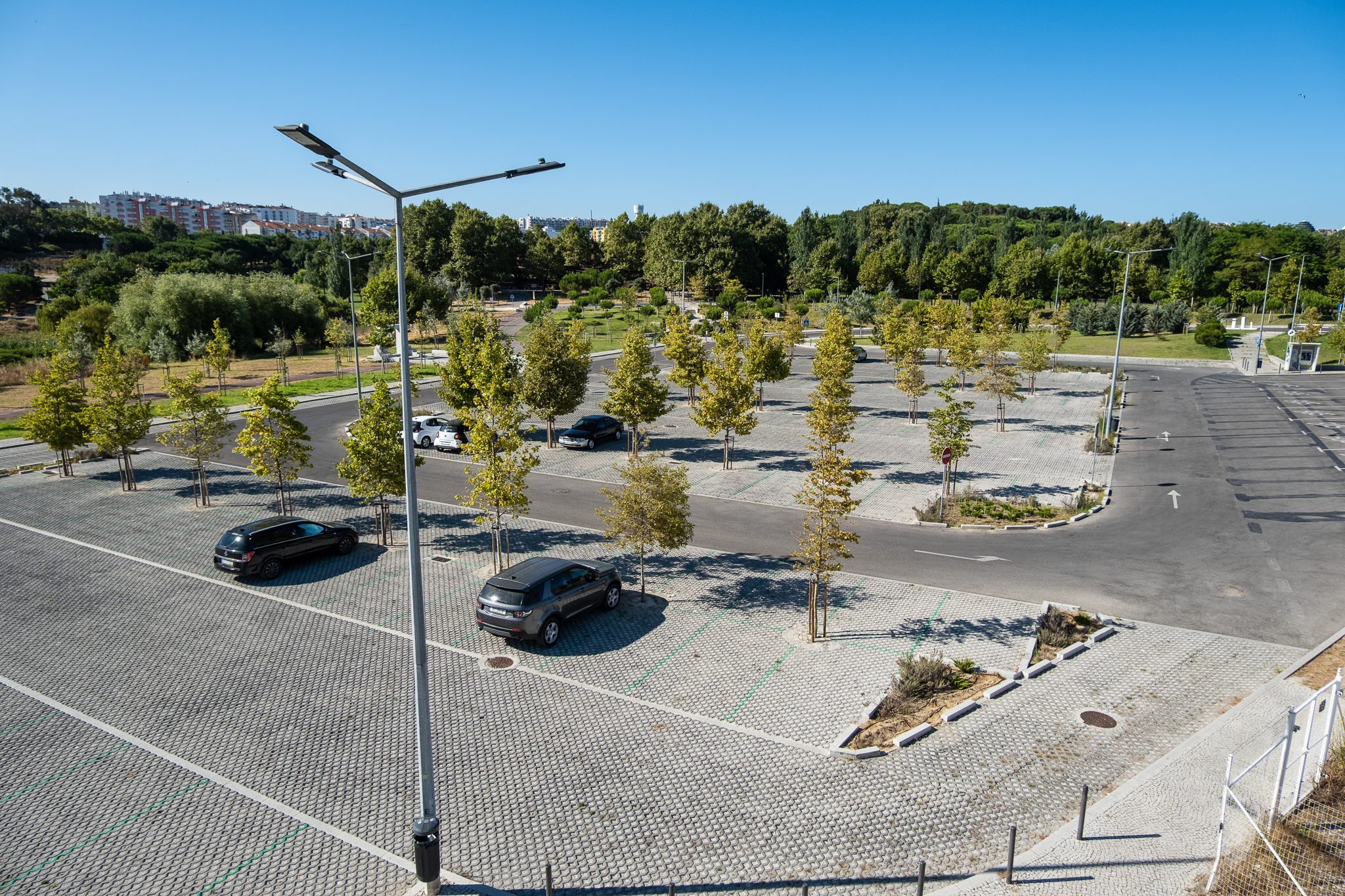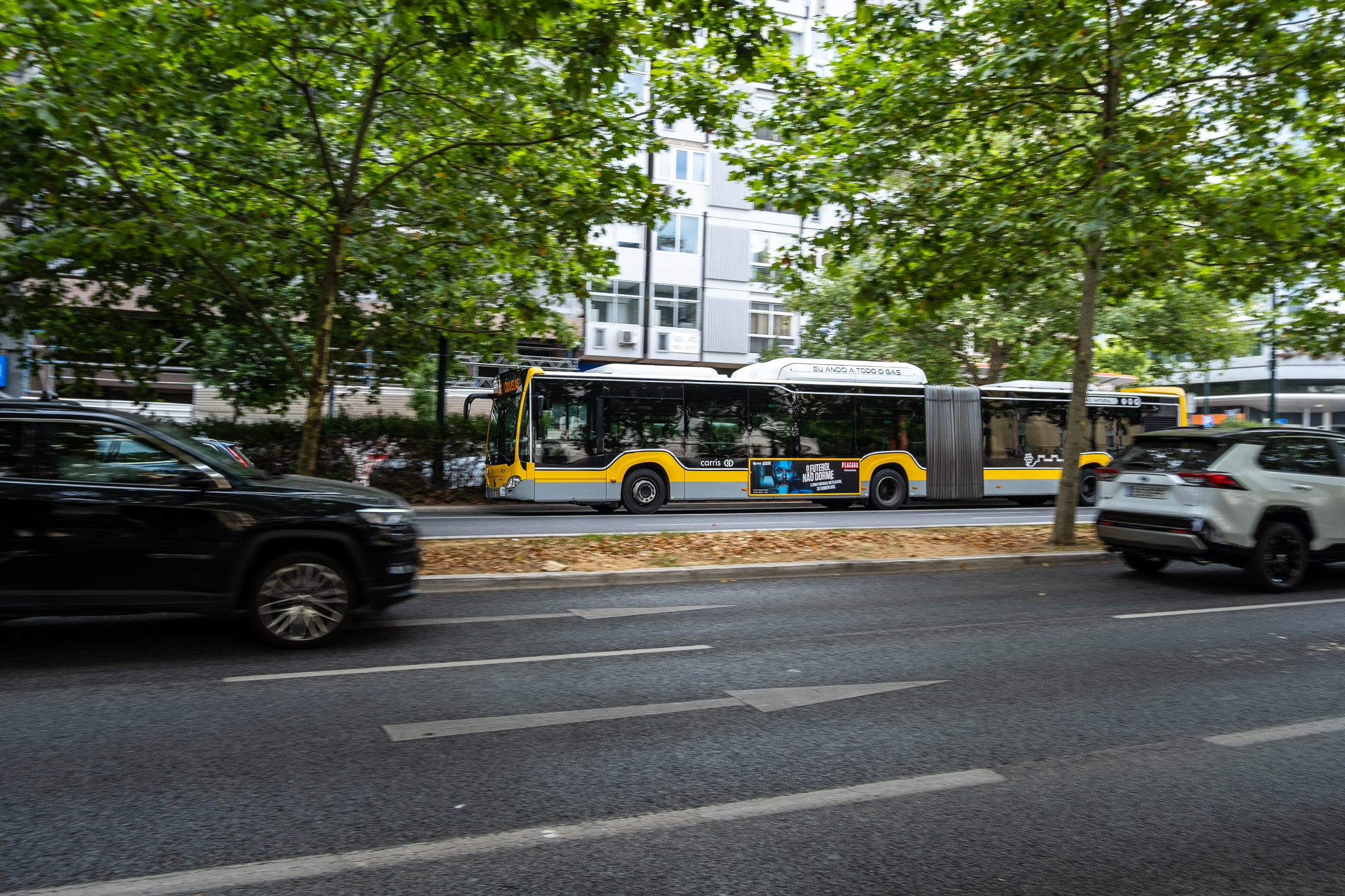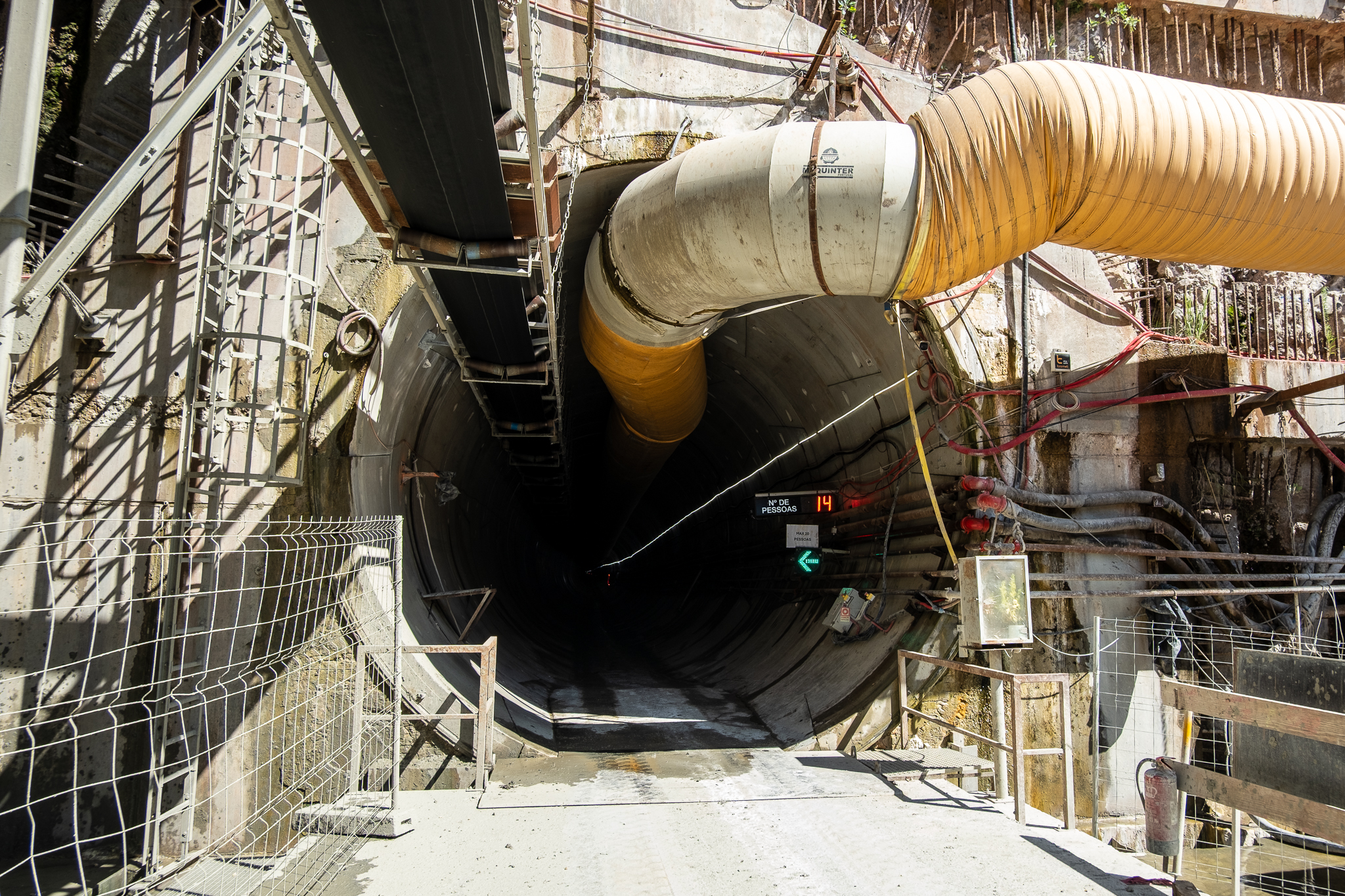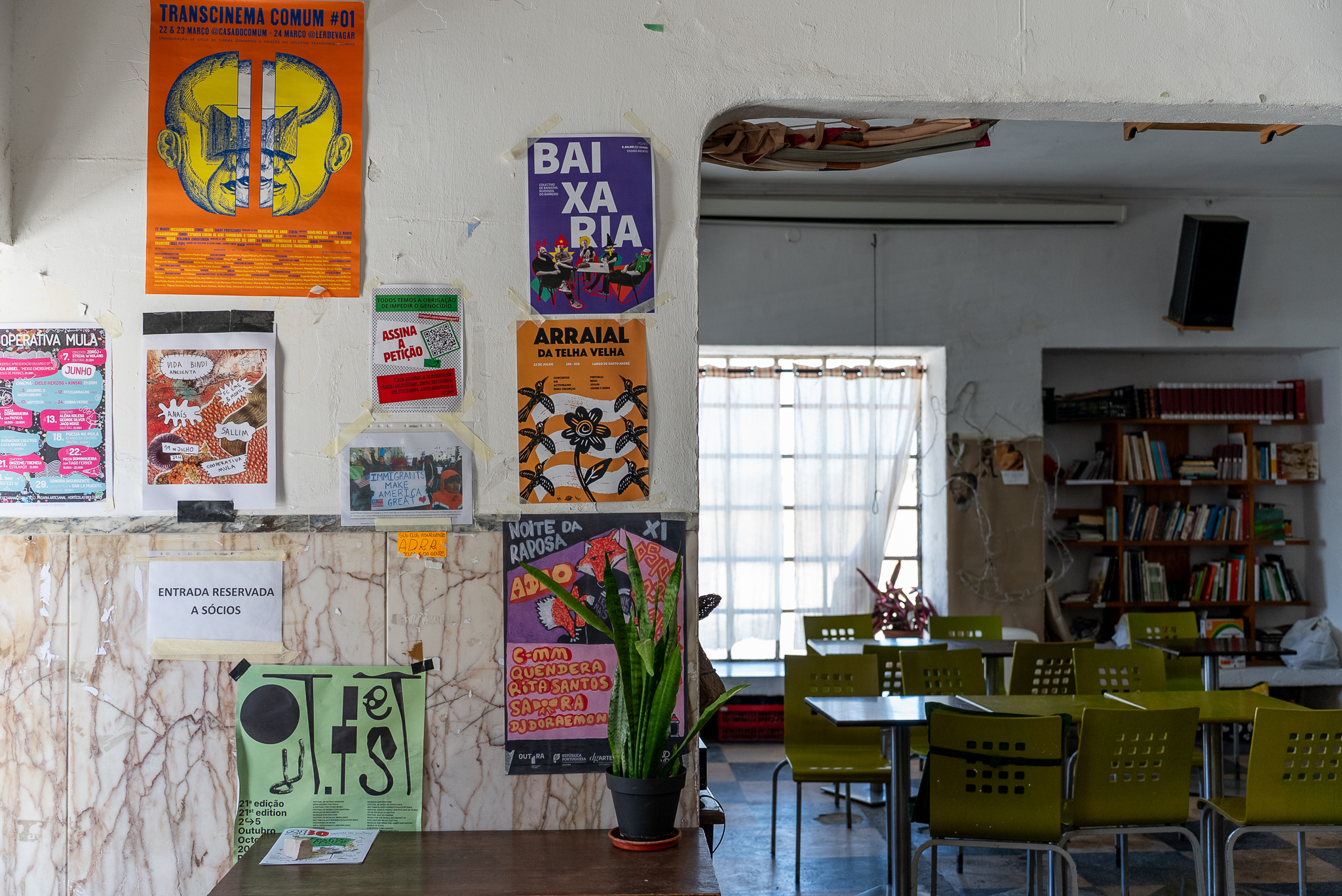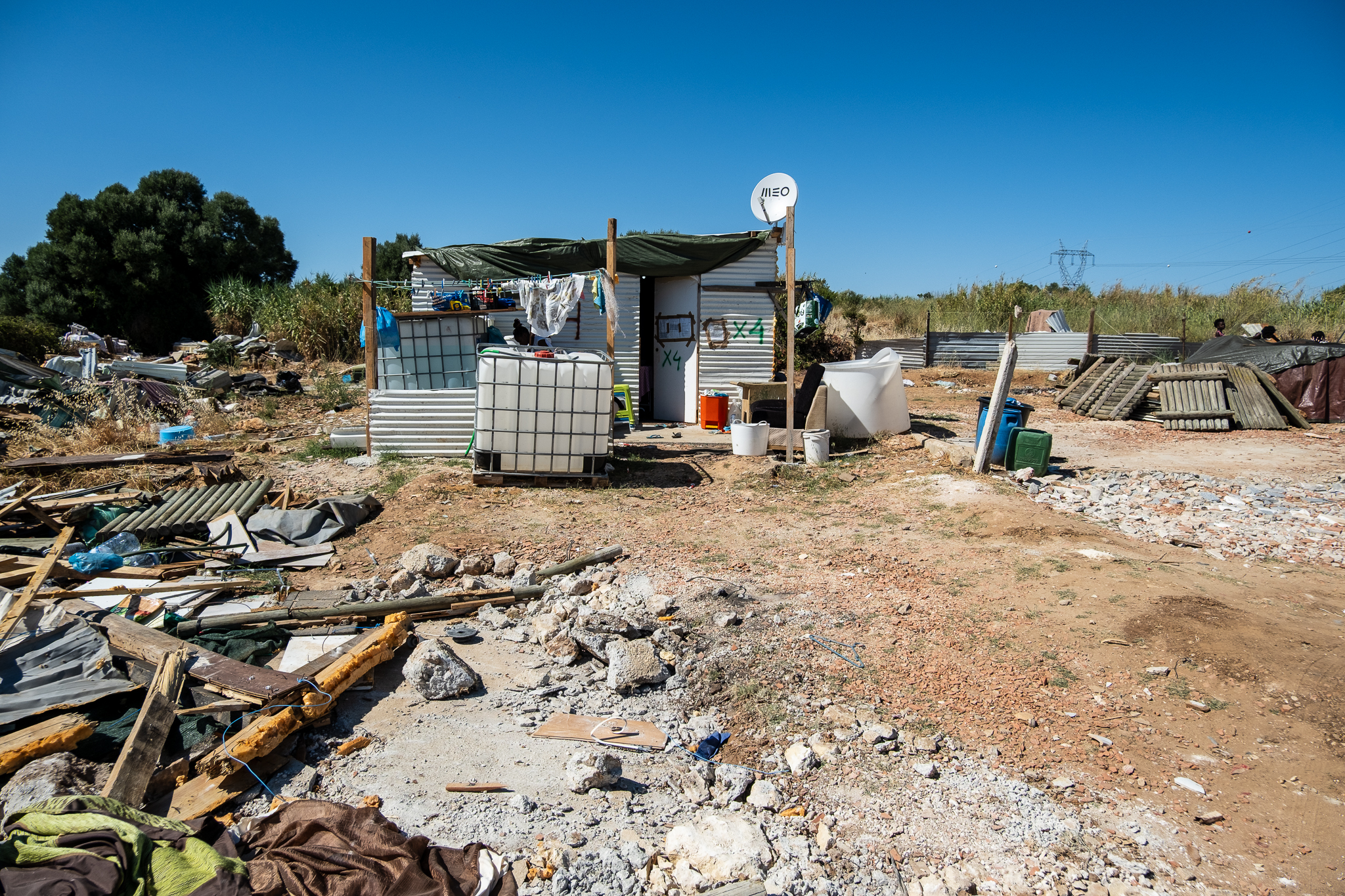
Although it has registered, a result of the pandemic, a decrease of 51% in passengers, 46.5% in pass validations, and 67% in occasional trips from 2019 to 2020The Lisbon Metro is now looking to the future - not only for an expected recovery of these values but also for a growth in usual demand.
There are several investments planned for the next decade in the Lisbon Metro network in order to expand it but also to attract new passengers. In a nutshell:
- a Circular Line (or new Green Line), construction of which begins this year and will be ready by the end of 2023, with inauguration in 2024. It will be 2 km of network to unite the Yellow and Green lines between Cais do Sodré and Campo Grande, in a new circular ring in downtown Lisbon. Two new stations will be built: one in Estrela, in front of the Basilica, and another in Santos, in Largo da Esperança, very close to the ISEG. The Circular Line is expected to bring 24.7 million new clients to the Metro and 30.8 million new passengers to the public transportation network, removing 18.8 million car users. The investment will be 210.2 million euros, mostly from European funds.

- expansion of Red LineIt is to be extended from São Sebastião to Alcântara; it will be 4 km longer and have four more stations: Amoreiras, Campo de Ourique, Infante Santo and Alcântara. This extension of the Red Line is planned for 2025, is included in the Recovery and Resilience Plan 2021-2026, and has a European investment of 304 million euros. It is estimated that the extension of the Red Line will add 11 million new passengers to the entire Metro network and remove 3.7 thousand individual vehicles from the roads every day.
- o light rail between Odivelas and Loures is also included in the Recovery and Resilience Plan 2021-2026 and foresees a 12.4 km line with a total of 18 stops. In the municipality of Loures, it will serve the parishes of Loures, Santo António dos Cavaleiros and Frielas, with about 11 stops for a total of 8.4 km. In the municipality of Odivelas, it will serve the parishes of Póvoa de Santo Adrião, Olival Basto, Odivelas, Ramada and Caneças, with about seven stops for a total of 4.0 km. The route is still susceptible to changes, although not significant. This line will extend in a "C" corridor, which will connect Hospital Beatriz Ângelo to Infantado, with an interface and transfer to Lisbon at Odivelas metro station. The Odivelas/Loures light metro represents an estimated investment of 250 million euros.

The expansion of the Red Line in detail
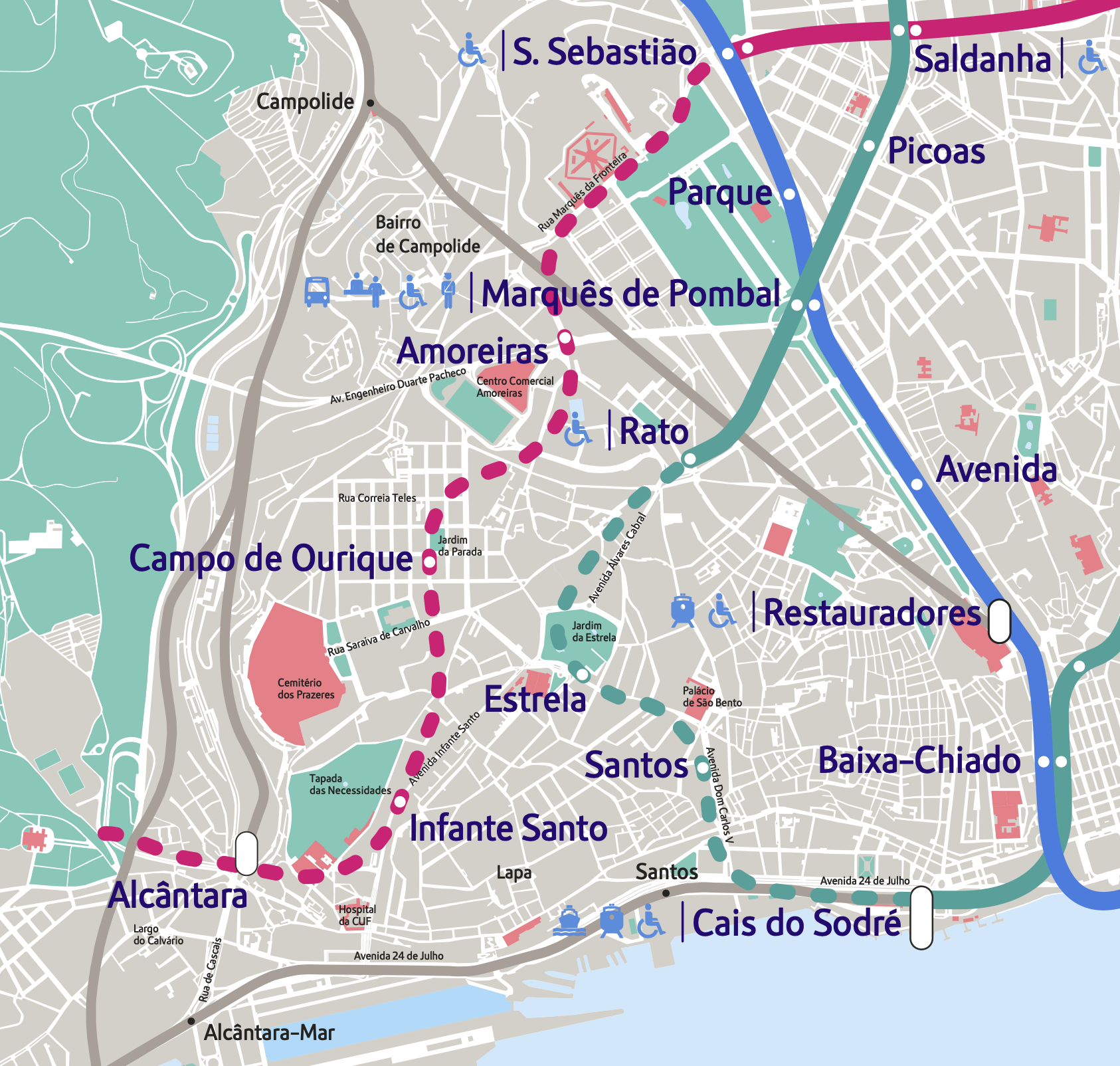
The desire to extend the Red Line to Alcântara was no secret, but the details of the proposed route are now known. Starting at São Sebastião station, located next to El Corte Inglés, the metro will follow Rua Marquês da Fronteira to Amoreiras, where it will have a station next to the shopping center; from here it will pass a few meters from Rato station and continue to Campo de Ourique, stopping at Jardim da Parada, very close to the iconic Rua Ferreira Borges; then Infante Santo station, located on the avenue with the same name; going around the Tapada das Necessidadesthe subway will reach Alcântara, stopping near the train station of Alcantara-Terrawhere it will also stop the future LIOS.
You can learn more about the proposed layout in the gallery below:
It is planned that in the future the Red Line may run from Alcântara to Santo Amaro.
Under study is a possible Extension of the Yellow Line from Telheiras in the direction of BenficaYou can, for example, cross the Blue Line at the Colégio Militar/Luz station.
Still the Circular Line
Despite the polemic and practically only the PS defending it, the Circular Line will go ahead, taking advantage of the European funding for the project. A political ceremony in the parish of Estrela earlier this month marked the start of the work. The idea is to create a "structuring ring" that allows "the existence of a central area of differentiated supply with a high frequency of trains" and that it will not be compromised by future expansions, as stated by Metro de Lisboa in information sent to the press.
"This line will play a key role in metropolitan mobility since it will improve the local distribution of passengers who, from the municipalities of the Lisbon Metropolitan Area, access Lisbon by the various means of public rail, river and road transport"the same document, accompanied by a map that quantifies a daily volume of passengers, without equal, in Cais do Sodré: there are 20.5 thousand CP passengers and 15 thousand by river. The pressure is also felt at the Campo Grande bus interface, where 25 thousand passengers arrive daily from suburban bus lines, and in Entrecampos, which receives 28.5 thousand passengers daily from CP and Fertagus.

According to the forecasts advanced by Metro de Lisboa, the circular line is expected to significantly increase the number of customers at Cais do Sodré station, with 60 thousand daily entries, Entre Campos station, with 49 thousand, Marquês de Pombal station, with 35 thousand, and Campo Grande station, with 21.7 thousand. "Thus, the circular line makes it possible to close the metropolitan networks - rail, river and suburban buses - structuring the entire AML transport system and allowing for rapid distribution in Lisbon", it reads.
At Lisboa Para Pessoas we have already written about the Circular Line here.
